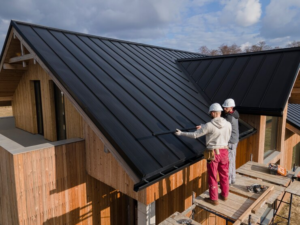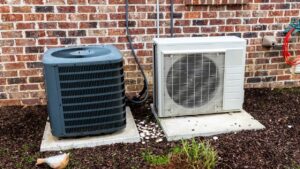How to Ensure Better Surface Finishes for CNC Machined Parts?

To get a perfectly suitable finish for your CNC machined parts, there are so many factors that you need to keep in mind. Key factors like the length and width of the raw material, correct dimensions and tolerances, shape of the material, and of course the quality of the material play a huge part in getting the perfect finished surface. These are all taken into account even before the manufacturing process to avoid maximum wastage. Machinists need to use quality balanced tooling for the surface finish which is rated for the desired RPM of the machine. But things can always fall apart, so here are a few tips on how to ensure better surface finishes for your CNC machined parts.
- Understanding surface finishes: In layman’s term, surface finish is the process by which a machined part is cut, defined, and refined to get the desired overall texture. Now to get the desired surface finish, there are several techniques and characteristics of the material that the machinists have to measure and this helps them to find out the best technique which fits their standard of surface finishes.
- Chip breakers: The key component of producing a good surface finish is chip evacuation. Controlling the chips that are produced during the process is very crucial because if the chips produced by the process are coming in contact with your work-piece, then there is a high chance of them affecting your surface finish in a very negative way. This can be controlled by using good chip breakers and by changing the style of your chip breaker.
- Increasing speed: To get the perfect and desired finish for your work-piece, always stick to the pre-determined speed of the machine. But sometimes it is better to increase the speed which will ensure that the material is in contact with the tooltip for a shorter period, making them unavailable for undesired finishes.
- Tool rigidity: If your tool deflects or chatters then it’s hard to get the desired surface finish for your work-piece and can create unnecessary chippy and messy finish. Thus you need an effective and rigid tool for your machine which will not waste your money, resources, and most importantly time.
- Minimizing runout: Bad surface finishes are caused by higher runout which can cause the tool to function improperly. Switching your tools with lower runout is very much preferred.
LOCUS Precision offers you a variety of class-leading and quality CNC services.





